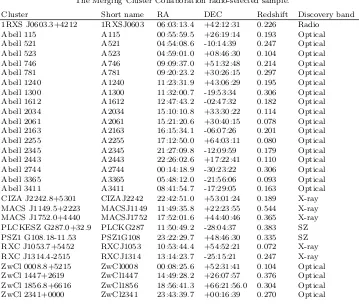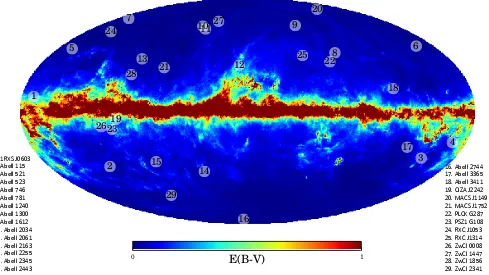Merging Cluster Collaboration:Optical and Spectroscopic Survey of a Radio Selected Sample of Twenty Nine Merging Galaxy Clusters
Full text
Figure




Related documents
In PRCR, the data in the Cloud are managed in different types according to their expected storage durations and reliability requirements: for data that are only for
Belongie (2008) created a habitat suitability model to assess wolf pack ranges in the western UP and used population density, road density, prey density, and land use/land cover
This study aimed to investigate the relationship be- tween anthropometric profile (body mass index and waist-to-hip ratio), food intake frequency, lipid profile and fasting
These elements have all been detected in higher levels during surface pXRF analysis but do not reflect the original composition of the alloys used as analysed with EPMA.. In
A standard strategic competitive analysis (Porter 1979, 1980, 2008) demonstrates that taxpayer-guaranteed banks possess a competitive advantage in business lending, but confront
Figure 5.2: Mean Cumulative wear volume of 36mm ceramic-on- ceramic bearings (BIOLOX ® delta) under both cup inclination angle conditions with standard simulator gait conditions..
Large cardamom (Amomum subulatum ) is the most impor- tant cash crop of Sikkim and also in parts of North Eastern States and West Bengal in India.. The
production of biopolitical subjects and on the implications of Foucault’s analysis for the fate of ‘the environment’, argues that contemporary environmentalism (which includes





